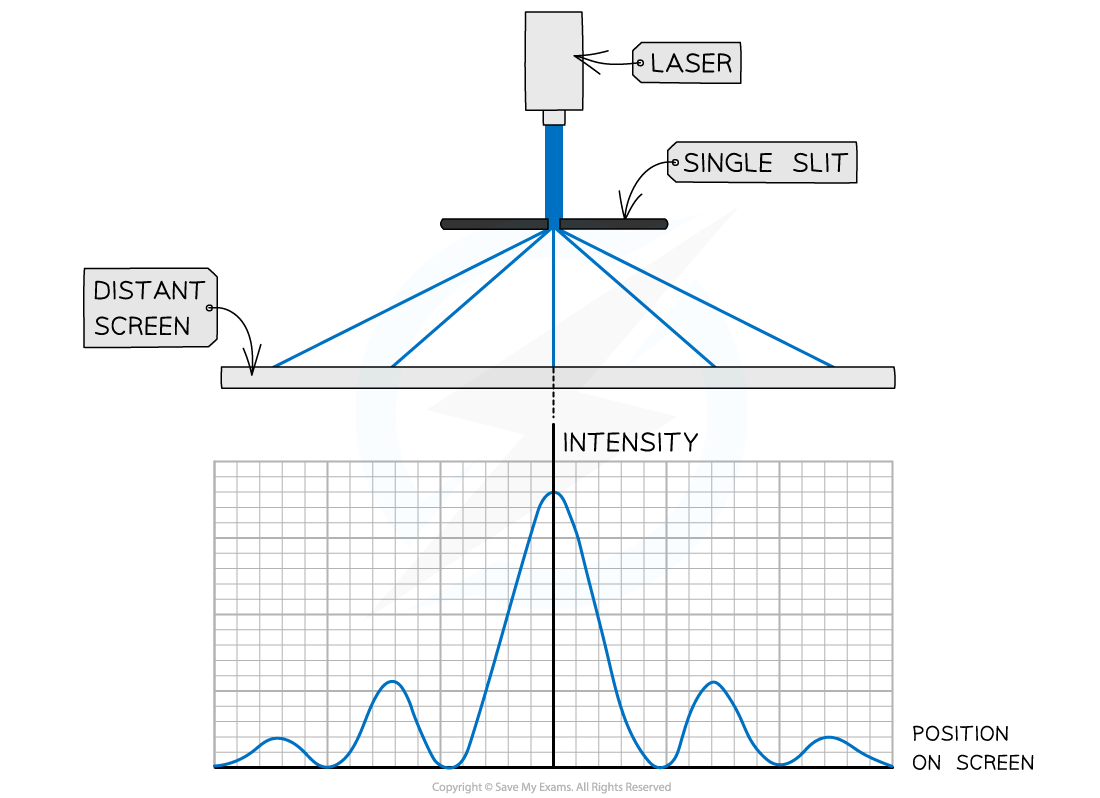Wave Phenomena (OCR AS Physics) : Revision Note
Reflection, Refraction, Polarisation & Diffraction
Wave phenomena are unique to waves and not particles. These include:
Reflection
Refraction
Polarisation
Diffraction
Reflection
Waves reflect from all surfaces, this is seen in mirrors

The key feature of reflection is the angle of incidence i is equal to the angle of reflection r
Refraction
Refraction is when light travels at a different speed when travelling through another medium
This is seen when light passes through a boundary such as from air to glass
White light splits into a spectrum due to refraction
violet light is slowed down more and refracts more than red light

Refraction of light through a prism
Polarisation
Polarisation is a wave phenomenon that only occurs for transverse waves
This is when the vibrations of transverse waves are restricted in one direction

Polaroid sunglasses use polarisers to reduce glare
Diffraction
Diffraction is the spreading out of waves when they pass an obstruction
This obstruction is typically a narrow slit known as an aperture
It usually represented by a wavefront
The only property of a wave that changes when it diffracts is its amplitude
This is because some energy is dissipated when a wave is diffracted through a gap
The effects of diffraction are most prominent when the gap size is approximately the same or smaller than the wavelength of the wave
As the gap size increases, the effect gradually gets less pronounced until, in the case that the gap is much larger than the wavelength, the waves are no longer spread out

The size of the gap (compared to the wavelength) affects how much the waves spread out when diffracted
The diffraction pattern of light can be represented as a series of light and dark fringes which show the areas of maximum and minimum intensity
If a laser emitting blue light is directed at a single slit, where the slit width is larger than the wavelength of the light, it will spread out as follows:

The intensity pattern of blue laser light diffracted through a single slit
If the laser were to be replaced by a non-laser source emitting white light:
The central maximum would be white
All maxima would be composed of a spectrum
The shortest wavelength (violet / blue) would appear nearest to the central maximum
The longest wavelength (red) would appear furthest from the central maximum
The fringe spacing would be smaller and the maxima would be wider

Qualitative treatment of the variation of the width of the central diffraction maximum with wavelength and slit width

You've read 0 of your 5 free revision notes this week
Unlock more, it's free!
Did this page help you?
